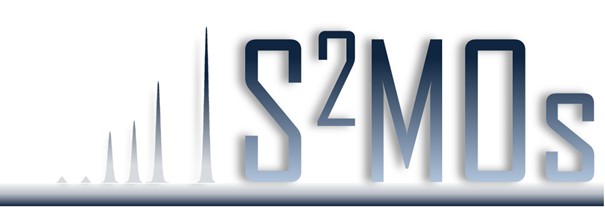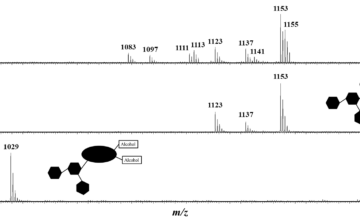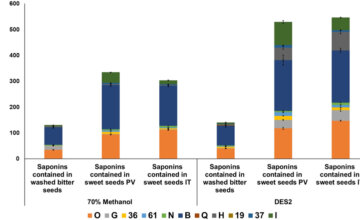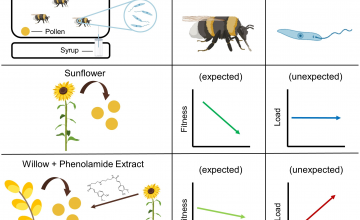New review paper on saponins in the Marine Drugs special issue dedicated to “Terpenoids from Marine Organisms”.
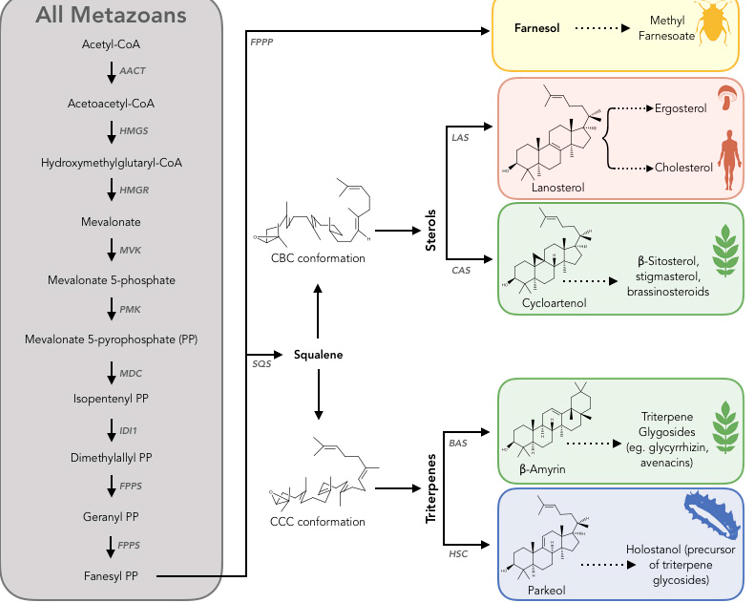
Echinoderms form a remarkable phylum of marine invertebrates that present specific chemical signatures unique in the animal kingdom. It is particularly the case for essential triterpenoids that evolved separately in each of the five echinoderm classes. Indeed, while most animals have D5-sterols, sea cucumbers (Holothuroidea) and sea stars (Asteroidea) also possess D7 and D9(11)-sterols, a characteristic not shared with brittle stars (Ophiuroidea), sea urchins (Echinoidea), and crinoids (Crinoidea). These particular D7 and D9(11) sterols emerged as a self-protection against membranolytic saponins that only sea cucumbers and sea stars produce as a defense mechanism. The diversity of saponins is large; several hundred molecules have been described in the two classes of these saponins (i.e., triterpenoid or steroid saponins). This review aims to highlight the diversity of triterpenoids in echinoderms by focusing on sterols and triterpenoid glycosides, but more importantly to provide an updated view of the biosynthesis of these molecules in echinoderms.

